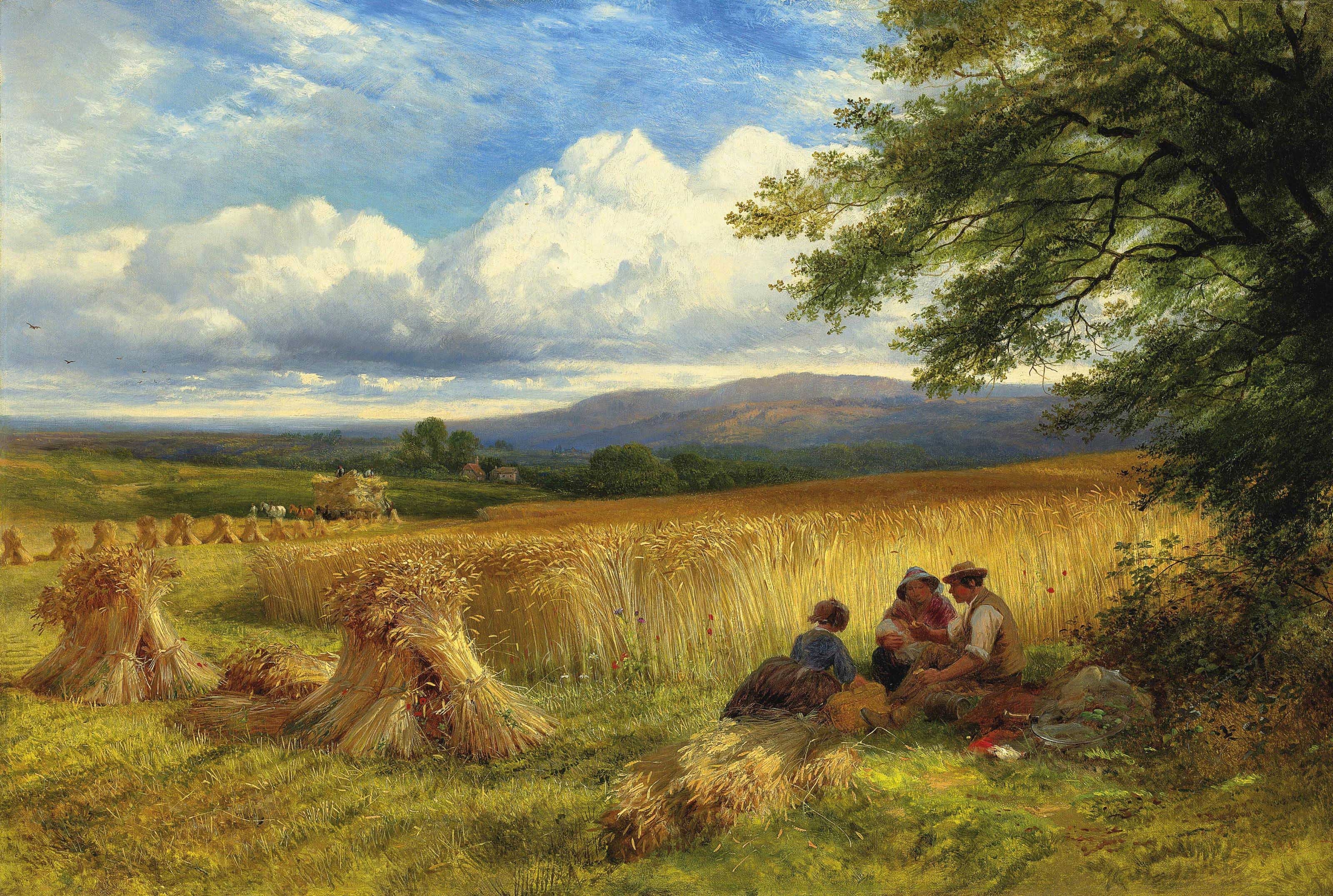Category Archives: Food/Kitchen/Farm/Agriculture
- Home
- Archive by category "Food/Kitchen/Farm/Agriculture" (Page 8)

Codex Alimentarius
The Codex Alimentarius Commission regularly reviews and updates its standards and guidelines to reflect the latest scientific knowledge and technological advancements in the food industry. These standards are voluntary, but they serve as a reference for countries and international organizations when developing their own food safety and quality regulations. Compliance with Codex standards can facilitate international trade by ensuring that food products meet common criteria for safety and quality.
Some of the key areas addressed by Codex standards include:
Food safety: Codex sets standards for food contaminants, residues of pesticides and veterinary drugs, food additives, and microbiological criteria to ensure that food products are safe for consumption.
Food labeling: Codex provides guidelines on how food products should be labeled, including information on ingredients, nutrition, allergens, and more.
Food hygiene: It establishes principles and guidelines for food handling, processing, and storage to prevent foodborne illnesses.
Food quality: Codex standards also cover the quality attributes of various food products, including fruits, vegetables, and various processed foods.
Food additives: Codex regulates the use of food additives to ensure they are safe for consumption and serve a specific purpose in food production.
Residue limits: It sets maximum residue limits for various chemicals, such as pesticides and veterinary drugs, in food products to protect consumers from potential harm.
📰 | #CodexNews | National Codex Committee of Turkmenistan🇹🇲 visits Germany🇩🇪
➕ℹ️➡️ https://t.co/TixjQTUILA#FoodSafety | #Codex pic.twitter.com/1d29EQISDh
— Codex Alimentarius (@FAOWHOCodex) September 15, 2023
Water Smart Farms
#IWD2024 Today, as we celebrate the incredible achievements of women around the world, we’re excited to share a special video that highlights some amazing women in our organisation discussing #InpireInclusion💪🌐 pic.twitter.com/roClQFbBlY
— Standards Australia (@standardsaus) March 8, 2024
NSW Government | Department of Primary Industries
![]()
Funeral Potatoes
Funeral potatoes are a tradition in Utah, especially within the Latter-day Saints community. This food is typically served at gatherings following funerals, providing warmth and solace to grieving families.The dish is a casserole made with hash brown potatoes, sour cream, cream of chicken soup, cheese, and a topping, often cornflakes or crushed potato chips. Its origins date back to the mid-20th century, when practical, easily-prepared meals were essential for feeding groups quickly.The name “funeral potatoes” reflects their frequent appearance at post-funeral luncheons, but they are also enjoyed at other gatherings and holidays. The dish embodies the spirit of community and support, symbolizing the care and comfort shared among friends and family during difficult times.
Agriculture
One characteristic of the “customer experience” of school children, dormitory residents, patients in university-affiliated hospitals and attendees of large athletic events is the quality of food. School districts and large research universities are responsible for hundreds of food service enterprises for communities that are sensitive to various points along the food supply chain.
The American Society of Agricultural and Biological Engineers (ASABE) is one of the first names in standards setting for the technology and management of the major components of the global food supply chain. It has organized its ANSI-accredited standards setting enterprise into about 200 technical committees developing 260-odd consensus documents*. It throws off a fairly steady stream of public commenting opportunities; many of them relevant to agricultural equipment manufacturers (i.e, the Producer interest where the most money is) but enough of them relevant to consumers (i.e. the User interest where the least money is) and agricultural economics academic programs that we follow the growth of its best practice bibliography.
A few of the ASABE consensus documents that may be of interest to faculty and students in agricultural and environmental science studies are listed below:
- Safety for Farmstead Equipment
- Safety Color Code for Educational and Training Laboratories
- Recommended Methods for Measurement and Testing of LED Products for Plant Growth and Development
- Distributed Ledger Technology applications to the global food supply chain
The ASABE bibliography is dominated by product-related standards; a tendency we see in many business models of standards setting organizations because of the influence of global industrial conglomerates who can bury the cost of their participation into a sold product. Our primary interest lies in the movement of interoperability standards — much more difficult — as discussed in our ABOUT.
The home page for the ASABEs standards setting enterprise is linked below:
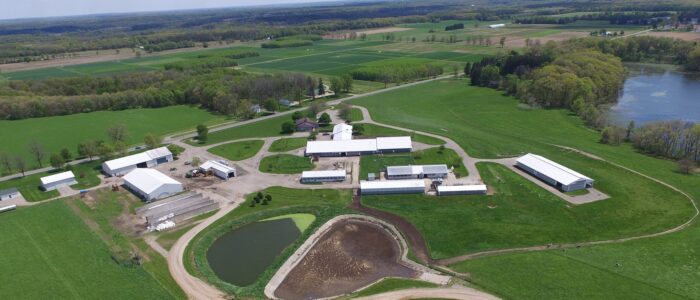





As of this posting we find no live consultation notices for interoperability standards relevant to educational settlements. Sometimes you can find them ‘more or less concurrently’ posted at the linked below:
We always encourage our colleagues to participate directly in the ASABE standards development process. Students are especially welcomed into the ASABE Community. Jean Walsh (walsh@asabe.org) and Scott Cederquist (cedarq@asabe.org) are listed as contacts.
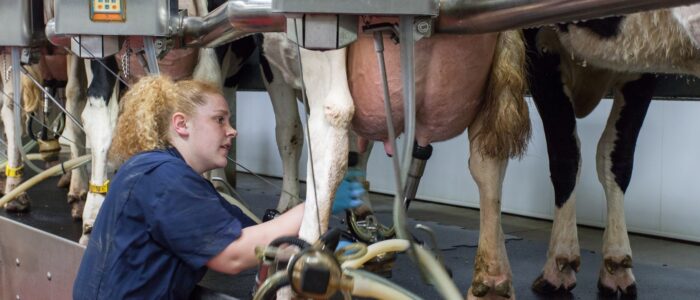
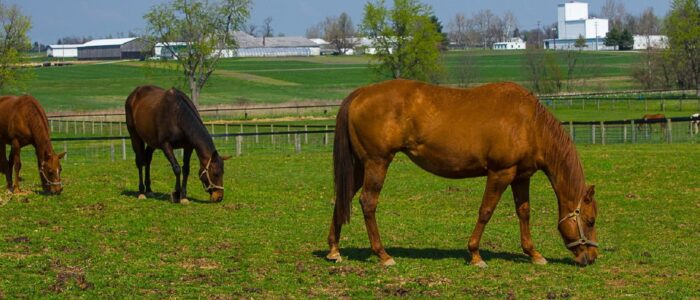
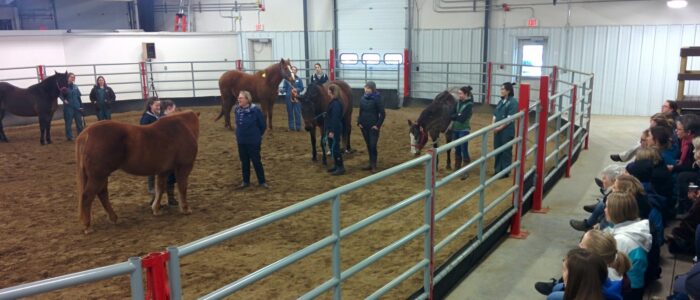
You’ll rarely need a doctor, lawyer, or policeman
But every day, three times a day, you need a farmer pic.twitter.com/X4CTPe11eT
— Conor Lynch (@c_k_lynch) July 25, 2022
Category: Food
Colleagues: Mike Anthony, Jack Janveja, Richard Robben
More
Why Industry Standards Matter https://t.co/Nn7CgfEdAV
— Scott Cedarquist (@CedarquistASABE) March 4, 2019
Lovely 1873 view of New York. Source: https://t.co/rixNirgB8S pic.twitter.com/tQz6SsXUv9
— Simon Kuestenmacher (@simongerman600) January 27, 2025
Morrill Land-Grant Act
IEEE Rural Electric Power Conference | Agricultural Extension Offices
“Agriculture is our wisest pursuit, because it will in the end
contribute most to real wealth, good morals, and happiness.”
— Thomas Jefferson
From the Wikipedia: Land-grant university
“…A land-grant university (also called land-grant college or land-grant institution) is an institution of higher education in the United States designated by a state to receive the benefits of the Morrill Acts of 1862 and 1890.
The Morrill Acts funded educational institutions by granting federally controlled land to the states for them to sell, to raise funds, to establish and endow “land-grant” colleges. The mission of these institutions as set forth in the 1862 Act is to focus on the teaching of practical agriculture, science, military science, and engineering (though “without excluding… classical studies”), as a response to the industrial revolution and changing social class. This mission was in contrast to the historic practice of higher education to focus on a liberal arts curriculum. A 1994 expansion gave land grant status to several tribal colleges and universities….”
Link to the original legislation:
THIRTY-SEVENTH CONGRESS / Approved July 2, 1862
The Morrill Land-Grant Act has not undergone significant changes in its core structure within the past decade. However, there have been important developments and discussions surrounding its implementation, particularly regarding the use of land originally designated under the Act.
One key area of focus has been the ongoing management of trust lands associated with land-grant universities. Investigations have revealed that many of these lands continue to generate substantial revenue, often through activities such as fossil fuel production, mining, timber sales, and agriculture.
For instance, between 2018 and 2022, trust lands associated with land-grant universities generated over $6.7 billion in revenue. These investigations have also highlighted the historical context of how these lands were acquired, often from Indigenous nations, sparking ongoing debates about equity and restitution.
Join me for a weekly Q&A series where I’ll be answering questions on what @USDA is doing to support young farmers. To kick things off, this week’s topic is about new market opportunities. pic.twitter.com/8gjBpFrF21
— Deputy Secretary Xochitl Torres Small (@DepSecXoch) August 6, 2024
Several universities associated with the Morrill Land-Grant Act continue to generate significant revenue from fossil fuels, timber, and agricultural activities. Here are some examples:
- Washington State University (WSU): WSU benefits from timber sales on its trust lands, which have generated over $1.1 billion in revenue from 1889 to 2022. These lands are used for timber production, grazing, and other activities (Grist).
- University of Arizona: The university’s trust lands are involved in grazing, timber, and fossil fuel production. These lands generate revenue through leases for activities such as mining and oil extraction (Grist).
- University of Texas: The Permanent University Fund, which includes land-grant lands, generates revenue primarily through oil and gas production. The University of Texas system benefits significantly from these fossil fuel activities (Grist).
- University of Wyoming: Like other land-grant institutions, the University of Wyoming manages trust lands that produce revenue through activities like coal mining and grazing (Grist).
These activities raise important questions about the environmental and ethical implications of continuing to use land-grant trust lands in this manner, especially given the historical context of how these lands were acquired.
Point / Counterpoint
Farm Electrical Power
Article 547: Agricultural Buildings
Public Input with Responses from CMP-7 (Start at PDF Page 187)
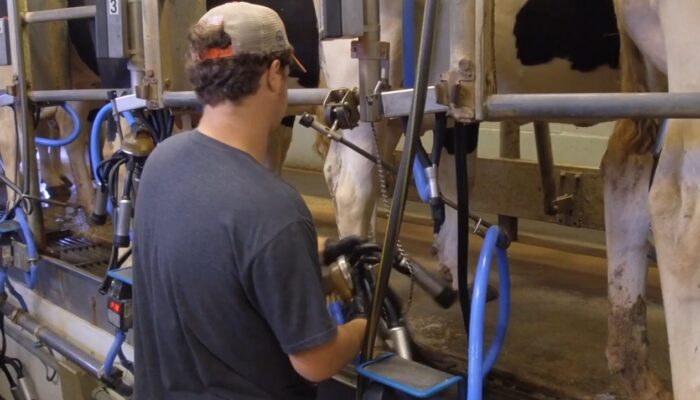
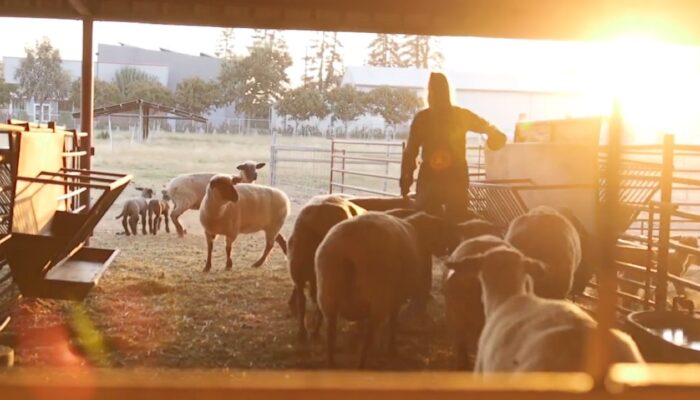

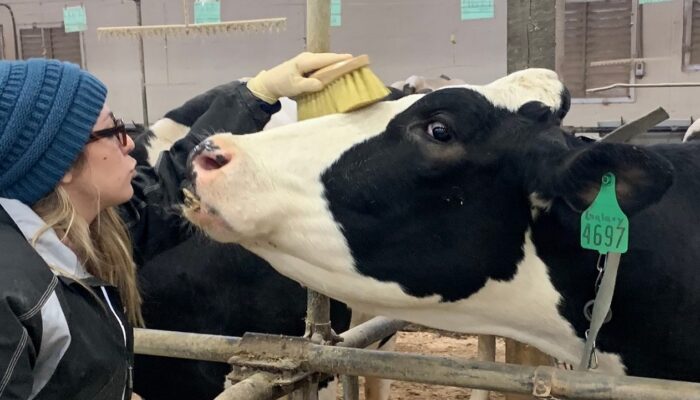
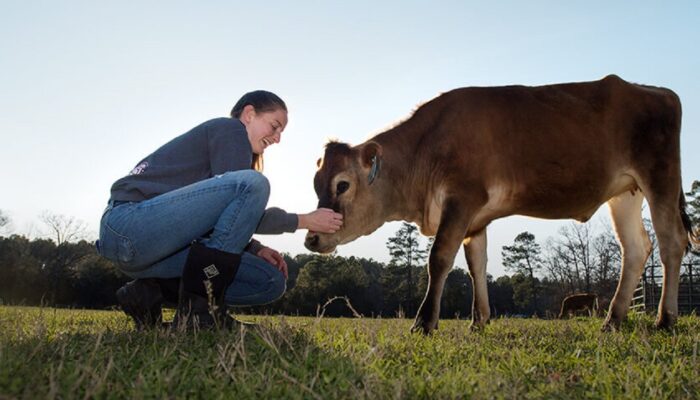


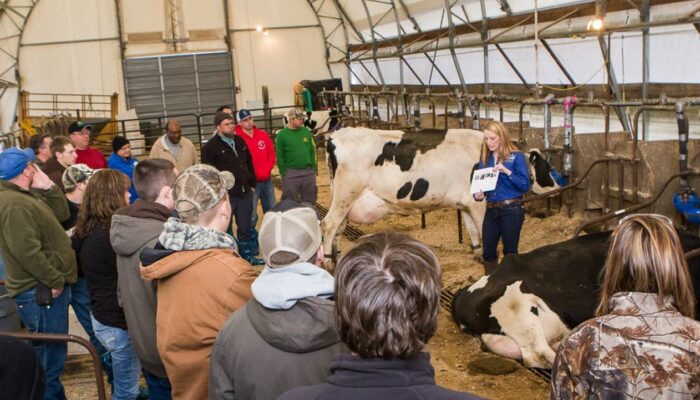
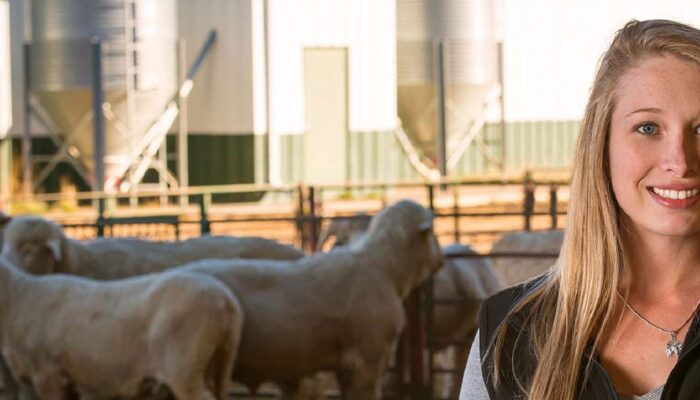

Many land grant colleges and universities are stewards of agricultural facilities that require reliable electrical power that is safe and sustainable for livestock and animal habitat for sporting.
FREE ACCESS: 2023 National Electrical Code
The premise wiring rules for hazardous university owned buildings have been relatively stable. Electrical professionals are guided by:
- Farm Load Calculations of Part V of Article 220,
- Corrosion mitigation with appropriate specification of power chain wiring
- Stray voltage and the equipotential plane
- Interactivity with regulated utility power sources.
Public response to the First Draft of the 2026 National Electrical Code will be received until August 28, 2024. We coordinate our approach to the entire NFPA electrical suite with the IEEE Education & Healthcare Facilities Committee which meets 4 times monthly. We typically refer to previous transcripts of technical committee actions to inform any changes (improvements) that we propose, if any.
We maintain this issue on the standing agenda of our Power and Nourriture (Food) colloquia. Feel free to join us with the login credentials at the upper right of our home page.
More:
Cornell University Agricultural Safety and Health Program
National Safety Council (22 deaths by electrocution on farms per 100,000 in 2017)
National Agricultural Safety Database
Electrical Wiring for Barns, Riding Arenas, Animal Habitat and Feed Storage
How to Make Baby Food
How to Make Banana Puree for Babies
Special Supplemental Nutrition Program for Women, Infants, and Children
Before the commercialization of baby food, parents typically prepared homemade baby food using simple kitchen tools and ingredients. Here’s a general overview of how baby food was made traditionally:
Selection of Ingredients: Parents would select fresh fruits, vegetables, grains, and meats suitable for their baby’s age and dietary needs. These ingredients were chosen based on their nutritional value and ease of digestion.
Cooking: The selected ingredients would be cooked using methods such as boiling, steaming, or baking to soften them and make them easier for the baby to eat. Cooking methods were chosen to preserve as much of the natural nutrients as possible.
Mashing or Pureeing: Once cooked, the ingredients would be mashed or pureed into a smooth consistency suitable for a baby’s developing digestive system. This could be done using tools like a fork, potato masher, food mill, or blender.
Straining (Optional): Some parents might choose to strain the pureed food to remove any seeds, skins, or fibers that could be difficult for a baby to digest or might pose a choking hazard.
Storage: Homemade baby food could be stored in small containers or ice cube trays and frozen for future use. This allowed parents to prepare larger batches of baby food at once and thaw individual portions as needed.
Feeding: When it was time to feed the baby, parents would simply thaw the desired portion of homemade baby food and serve it to their baby using a spoon or by bottle-feeding.
Variety: Parents would typically introduce a variety of flavors and textures to their baby over time, gradually expanding their palate and exposing them to a wide range of nutrients.
Overall, making homemade baby food required time, effort, and attention to detail, but many parents preferred it because they had control over the quality and ingredients used, ensuring that their baby received nutritious and wholesome meals.
New update alert! The 2022 update to the Trademark Assignment Dataset is now available online. Find 1.29 million trademark assignments, involving 2.28 million unique trademark properties issued by the USPTO between March 1952 and January 2023: https://t.co/njrDAbSpwB pic.twitter.com/GkAXrHoQ9T
— USPTO (@uspto) July 13, 2023
Standards Michigan Group, LLC
2723 South State Street | Suite 150
Ann Arbor, MI 48104 USA
888-746-3670









